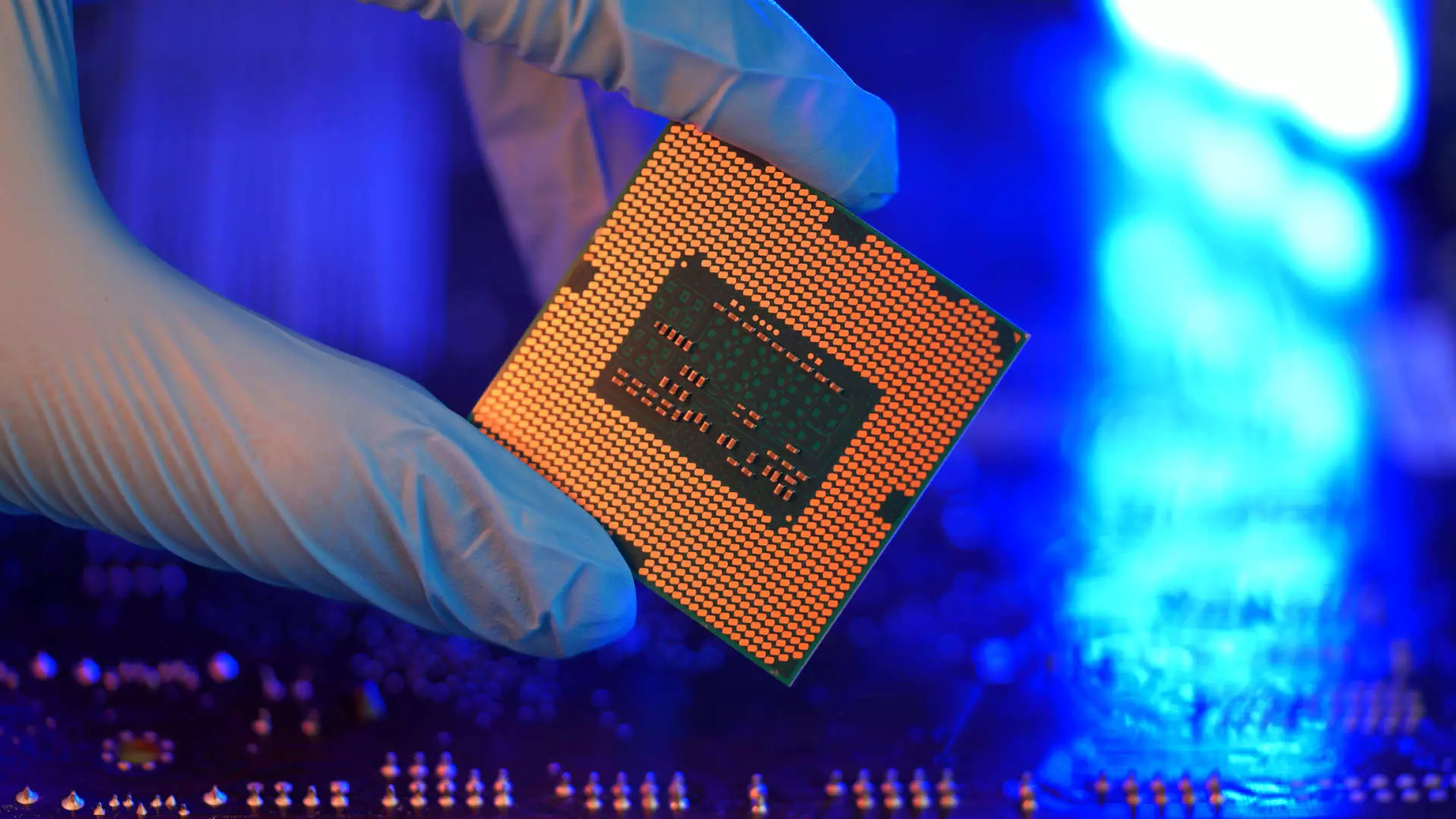Semiconductor firms, including industry giants like Taiwan Semiconductor Manufacturing Company (TSMC), are facing a potential risk of water shortages as processing technology continues to advance. These companies play a crucial role in manufacturing semiconductor chips that are utilized in various consumer devices ranging from smartphones to televisions. As technology progresses, the demand for more sophisticated processors increases, leading to a significant rise in water consumption within chip-making factories. The relationship between chip sophistication and water usage is directly correlated, with fabs requiring ultrapure water to rinse wafers between each process step. This, in turn, results in higher water consumption as the semiconductor nodes advance.
TSMC, being the world’s largest contract chipmaker, has experienced a notable increase in water consumption per unit following its shift to more advanced process nodes like the 16-nanometer technology in 2015. The transition to advanced nodes necessitates additional fabrication processes, consequently leading to a surge in water usage. S&P Global Ratings highlighted the potential risks posed by water-related disruptions to TSMC’s operations, emphasizing the significant impact such disruptions could have on the global tech supply chain. Despite these challenges, TSMC’s dominance in advanced chip manufacturing positions the company to adapt to changing circumstances, including water scarcity issues.
As the semiconductor industry continues to evolve, firms like TSMC must explore innovative strategies to address water scarcity concerns. One potential approach highlighted by S&P is for TSMC to prioritize the production of more advanced chips over lower-margin mature chips in scenarios where water supply is limited. By focusing on advancing technology and improving chip quality, TSMC could enhance its profitability and mitigate the impact of water-related disruptions. Moreover, the report indicates that water consumption in the semiconductor industry is projected to escalate annually due to capacity expansion and evolving process technologies.
The growing water consumption trend in the semiconductor industry carries significant implications for firms’ credit profiles and overall operations. As water security becomes an increasingly critical factor for semiconductor companies, effective management of water resources is essential to prevent operational disruptions, financial setbacks, and potential damage to customer relationships. Semiconductor firms must proactively address water shortage concerns and implement sustainable practices to ensure long-term resilience and continuity in chip manufacturing operations.

Leave a Reply